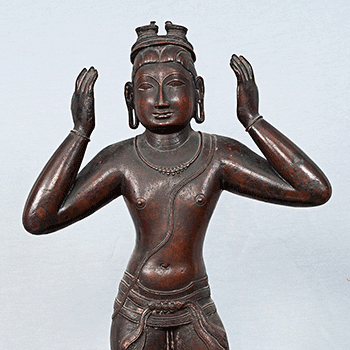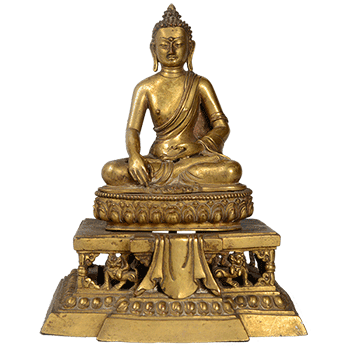This mesmerizing sculpture, famously known as “The Dancing Girl “, is one of the highest achievements of the artists of Mohenjo-Daro. The ‘Dancing Girl’ is a sculpture made of bronze. It belongs to the Indus Valley Civilization and dates back to 2500 BCE. It is 10.5cm in height, 5 cm in width and 2.5 cm in depth. Presently, it is on display in the Indus Valley Civilization gallery in the National Museum, Delhi.




























